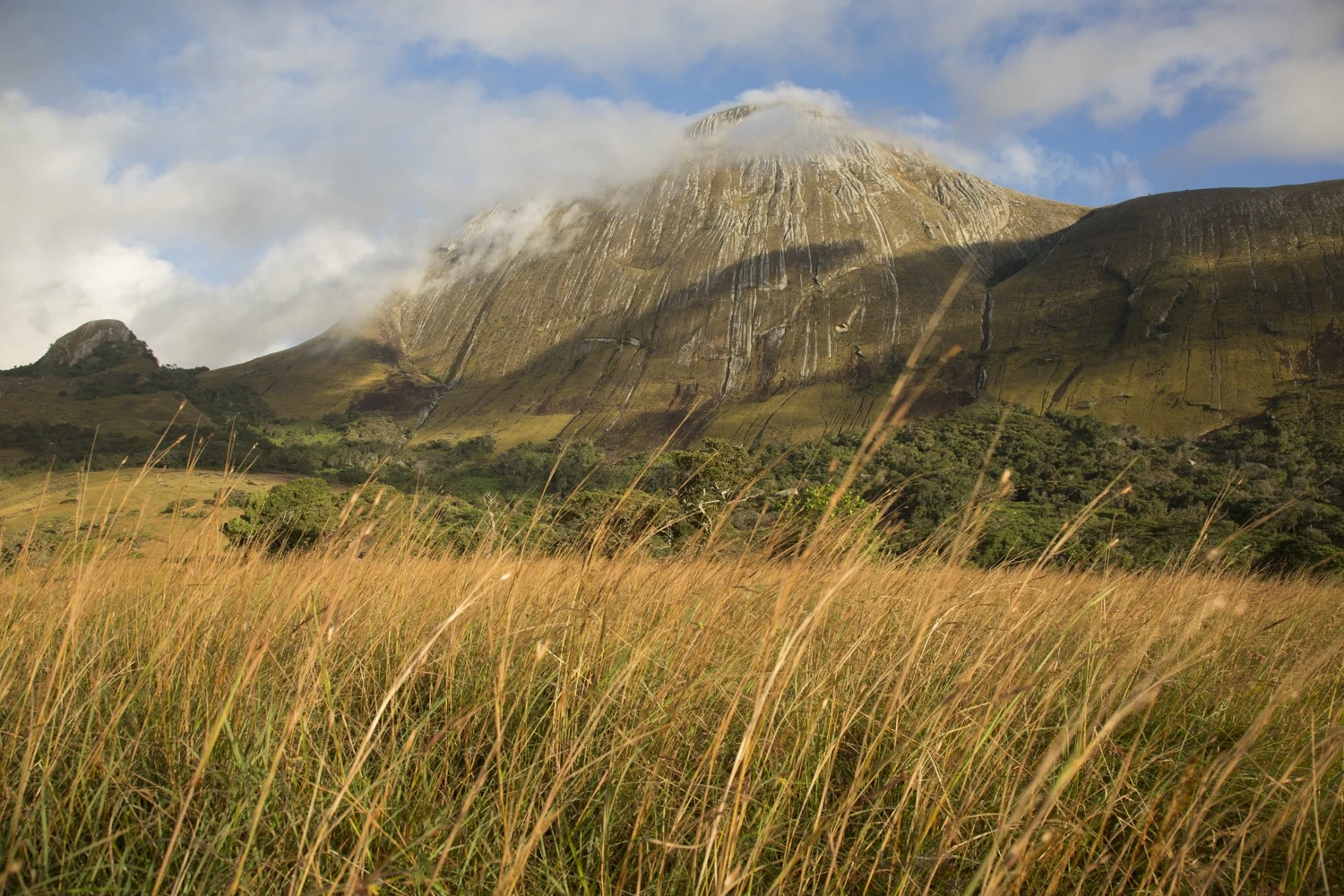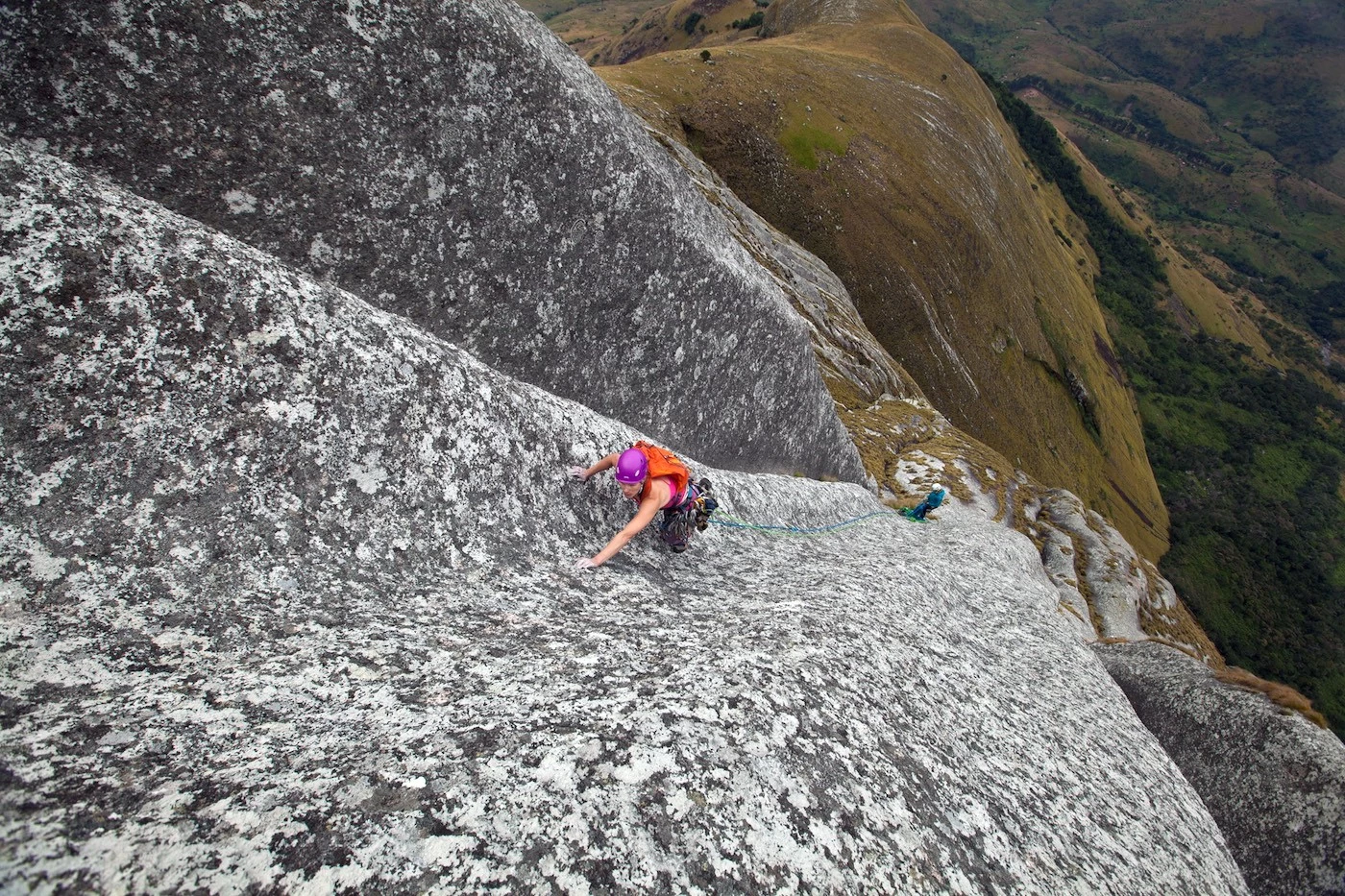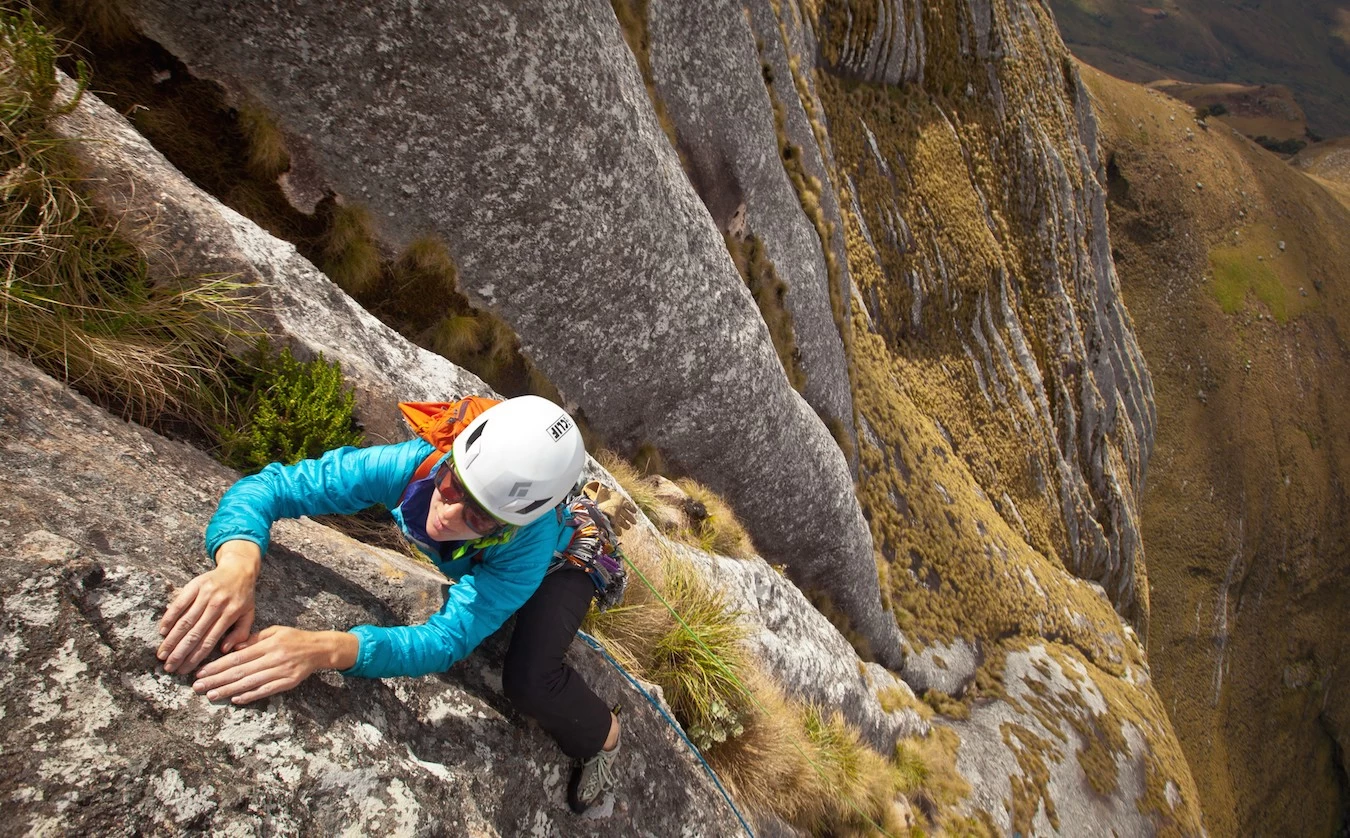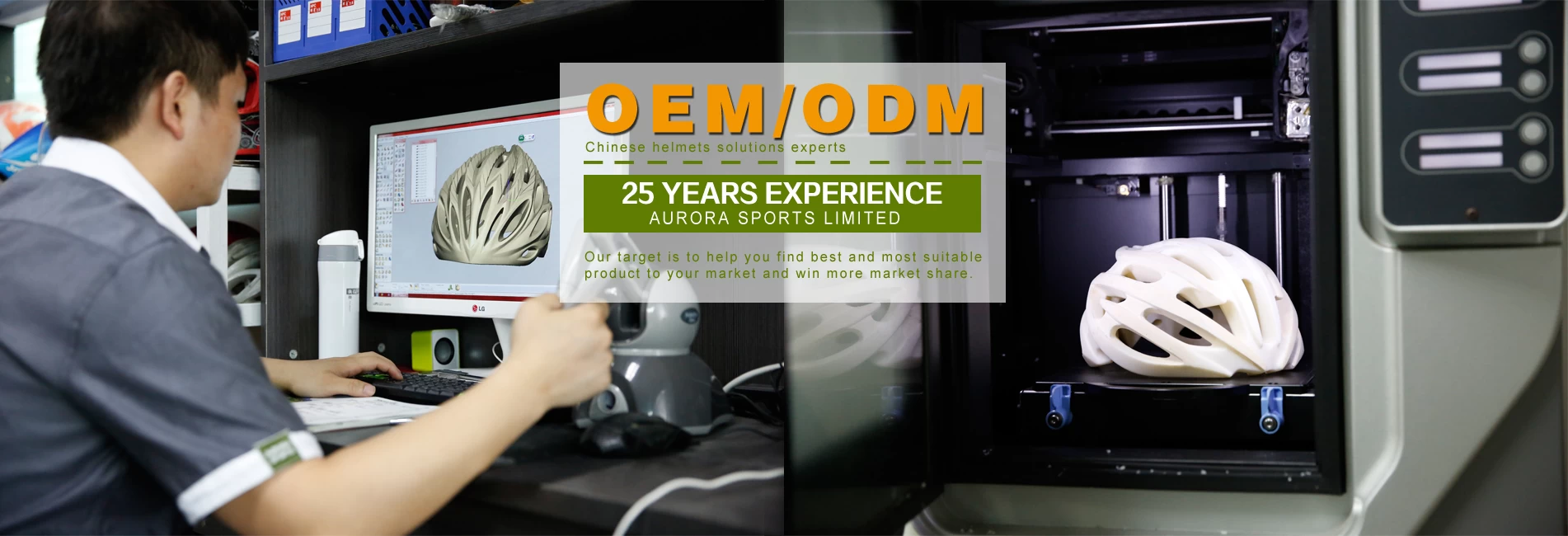Lost in Mozambique - the first ascent on Mount Namuli
Along with a new route up the second highest peak in Mozambique, five types of ants team unprecedented in Mozambique, a new species of snakes is unprecedented in the world, and the southern discovered a rare record, snake-like amphibian called Caecilian.
Mission like many others: with a picture began. Burhardt was a friend to visit Mozambique when he spotted the tall, planted granite face of the window of a moving train. He picked up the image for Burhardt, who has a reputation for rock climbing mysterious faces all over the world. Intrigued, she started researching the possibility of climbing Mozambique.
Topographic maps and it pointed out that Mozambique and the mountainous landscape, but for many years, and those mountains may isolate people. He left the landmine that failed to explode on access to the civil war made most of the mountains is very dangerous.
"I began to wonder what it means in terms of maintaining those mountains," says Burhardt. "What this means in terms of biodiversity."
And he had just returned from Africa, where he spent five days cleaning the road at 1400 feet the highest mountain in Namibia. Says Burhardt, "I and the deterioration of soil purification plant life out of this crack, and I kept thinking 'I bring scientists with me on one of these trips."
Inspired by the image of her friend, she arrived at the researchers who have been working in Mozambique. You may use her climb to continue their research experience, and if so, how? It was Jonathan Timberlake, a biologist at Kew, and the answer: Mount Namuli. It was a rocky mass behavior study exceptionally, the second highest mountain in Mozambique, and the few studies on Namuli yielded a trove of discovery that promised more. Sharp 2,000 feet south-east face of the mountain, dotted with hanging pockets of forests and vegetation, and was likely never been reached by humans. It would take a climber.

Mount Namuli. Image of photography AURORA.
Burhardt spent the next four years Planning and operation of trips corner and establish relationships with scientists and workers in the field of local preservation, determined to carry out a study of ecology shelf as possible.
In May of 2014, after several false starts due to regional violence, and a team of sixteen, dubbed "Lost Mountain", converged in Mozambique. He headed to Namuli on motorcycles, carrying everything from thousands of feet of rope to the soil sample containers. "I had ice tools for Pete's sake," says Burhardt. "Frankly, we had no idea what we're going to meet," or even if the face was going to be climbable at all.
Group set up camp at the base of the mountain. Scene used to be rainforest but now dominated by scrub and grassland. High humidity and frequent storms, however, is still common. "The dew on the reverse of what I've seen before," says Burhardt. "It was surprisingly cold at night."
Burhardt and Rutherford took two days to suss out the way before the rest of the team up upwards. It asked the scientists access to a series of forest hanging halfway up the face, as well as some of the papyrus near the summit. The Burhardt goal Rutherford to link these environmental hot spots in the most aesthetic possible line. The result was Project Science and Kate Majka (5.10-, IV, 12 degrees).
And cover the face in blocks of plants, making it difficult to climb, especially when storms and rain repeated on the wall of granite turned into a "slide sliding n." There was a lot of lassoing grass blocks for protection, then grab them and stand by with a bit of traction on the wall, " He says Burhardt. Rutherford is bolted to the lead the way, and put a total of seven screws in twelve degrees, not including anchors.

Majka Burhardt run out on the essence of the final slab Project Science and Kate Majka (5.10-, IV, 12 degrees). Image of photography AURORA.
Over the next few weeks Scientists learn how jug up and down the road in order to collect samples of soil and insects. Some learned how to climb for the second upper pitches of the road. Taking six climbers never ever even 2,000 feet slab of granite vegetation can easily ended in disaster. But, Burhardt says, "It's really fun!" Scientists eager to teach and Rutherford about the importance of each discovery made. On the other hand, he was eager to learn more about mountain climbing.
"Of course [the world of insects, Dr. Flavia Esteves] fell into the one place where there was a danger of swinging," says Burhardt. "She had two full-360s. I was expecting her to want to quit climbing, but rushed only in the wall and cried," Look, there's an ant! "Watching the scientists really excited about how indicates some residents ants health and the environment bigger, and know that I have brought them to this place , and enabled them to make these discoveries, which was very cool. "
It came the moment of the peak of the trip when I found Rutherford and volunteer animal looks like a snake in a tent cook them. No one knows what it was. They called through Herpetologist Dr Harith al-Farouq, of Lúrio University in Mozambique. "He went and just started to cry," refers Burhardt. "Kate and I did not fully understand the importance of this discovery, so he tried to explain," You do not understand. This is Caecilian. He Her own. " It was almost speechless. "

Kate Rutherford to leave the (in) security hillocks of grass waved unknown on a core of stadiums Project Science and Kate Majka (5.10-, IV, 12 degrees). Image of photography AURORA.
The point is not just to send a message, or for send, And had to use to make the climbing value, tangible contributions to conservation efforts in disadvantaged communities all over the world.
"Adventure does not need to comply with conservation," says Burhardt. "But as adventurers have the ability to achieve the feature to discuss conservation, which comes with responsibility."









